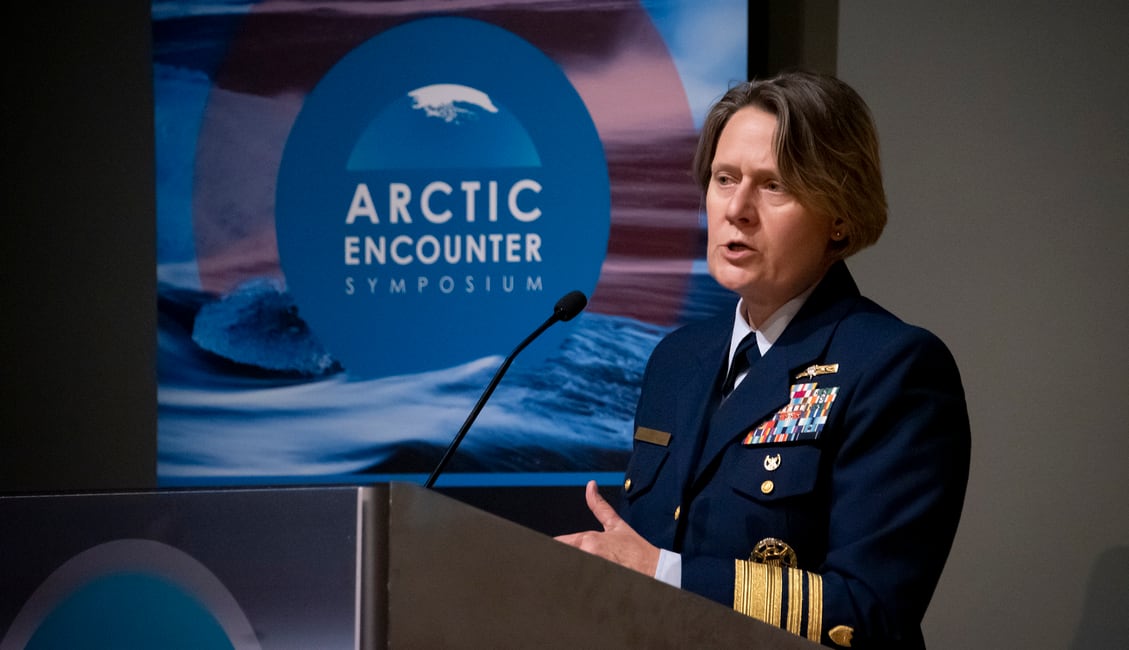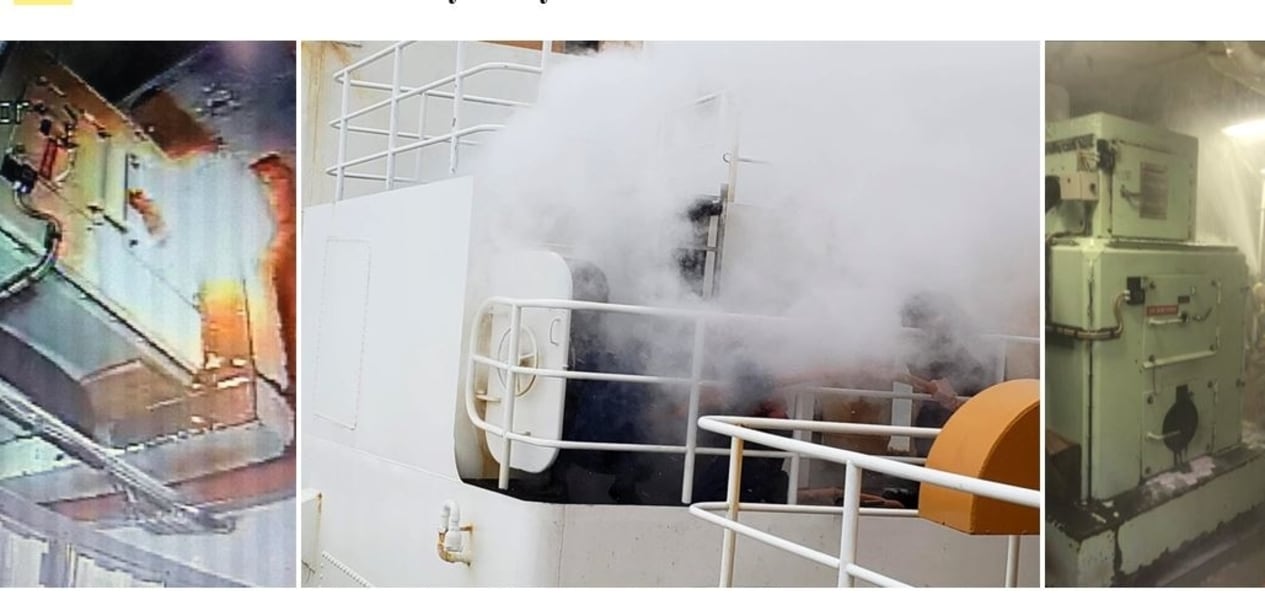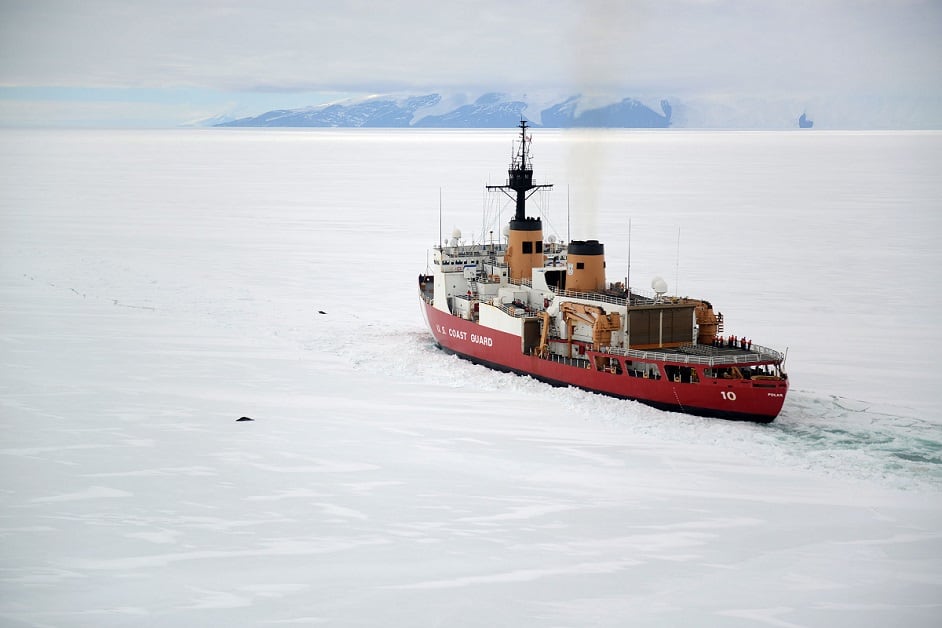They’ll do much of their hardest work in a world that’s icy white, but the Coast Guard’s new fleet of Polar Security Cutters will be homeported in the Emerald City.
“I am pleased to announce that Seattle, Washington, will be the home of the Coast Guard’s new Polar Security Cutters,” said Coast Guard Commandant Adm. Karl L. Schultz in a Monday statement emailed to Navy Times.
“The Pacific Northwest has been the home of our icebreaking fleet since 1976, and I am confident that the Seattle area will continue to provide the support we need to carry out our critical operations in the polar regions.”
Coast Guard officials said that Seattle won out over other potential locations because of “operational and logistical needs.”
RELATED

Two months ago, the Navy and Coast Guard awarded Mississippi shipbuilder VT Halter Marine, Inc. a contract that could be worth as much as $1.9 billion to build three heavy icebreakers.
The Polar Security-class vessels will be designed to conduct search and rescue, maritime law enforcement, environmental response and national defense patrols missions in areas often covered in heavy ice.
A longtime resident of the Seattle suburbs, U.S. Sen. Maria Cantwell cheered the announcement in a prepared statement released Monday evening.
“This is great news. Homeporting new icebreakers in Puget Sound shows the significant role Washington state has to play in securing our waters and protecting our environment in the Arctic. The Puget Sound region supports a cutting-edge maritime workforce, which is poised to meet the needs of these new world-class vessels,” said Cantwell, the ranking Democrat on the Senate Commerce, Science and Transportation Committee, one of the panels overseeing the Coast Guard.
“I am excited to welcome new polar icebreakers and their Coast Guard crews to Seattle in the near future.”
Cantwell has long fought to maintain and expand the Coast Guard’s icebreaker fleet, including sparring with President Barack Obama’s administration over funding to build the new icebreakers.

Construction on the first icebreaker is slated to begin in 2021 with delivery three years later, but there are financial incentives in the contract for early delivery, according to the Pentagon.
Congress also indicated that it expects the heavy breakers and other vessels to spend more time in Alaska. Lawmakers earmarked $53 million to construct cutter support facilities in Alaska.
That hasn’t been the preferred destination for the Coast Guard’s heavy icebreakers, which are down to one semi-working vessel and the skeleton of another that’s used to harvest spare parts to keep the other one running.
Commissioned in 1976, the Polar Star annually crunches a channel through miles of thick ice to reach McMurdo Station, the main logistics hub for the National Science Foundation’s personnel in Antarctica, including researchers at Amundsen-Scott South Pole Station and remote field camps.
Supply vessels follow behind the breaker, but by the end of Operation Deep Freeze, its 11,200-mile journey, it’s usually so battered that it spends much of the rest of the year in dry dock, undergoing repairs.
Last year, it caught on fire.
RELATED

During a May 28 meeting with reporters in Alaska, Republican Sen. Dan Sullivan grumbled that the new breakers need to spend more time in the Arctic and less at the bottom of the world.
“I write the Coast Guard bill. I chair that subcommittee; we’ll see,” he was quoted as saying.
Sullivan chairs the Security Subcommittee of the Senate Commerce, Science and Transportation panel.
The Coast Guard’s medium breaker Healy draws the nation’s Arctic duties.
During last year’s 129-day deployment, it plied the Chukchi and Beaufort seas.
Although it mostly supported scientific exploration during that tour, Healy also is used for search and rescue missions, escorting warships and other vessels through ice-jammed waterways, environmental protection and enforcing the law in an Arctic region increasingly under pressure from Russia and China.




